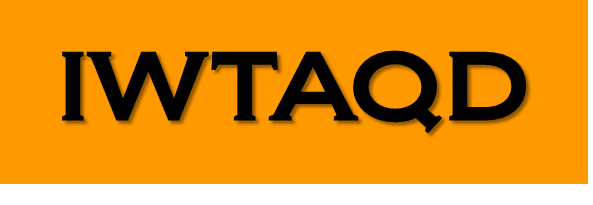| Oleg I.
Tolstikhin |
MIPT
|
Adiabatic Theory, Tunneling
ionization
|
Mar 11, 2022
|
| Hans
Jacob Wöner |
ETH
|
Atto-sec science, experimrnt
|
Mar 11, 2022 |
| Han
Meng |
ETH
|
Atto-sec science, experimrntv |
Mar 11, 2022 |
|
|
|
Mar 11, 2022 |
Akiyosi Hishikawa
|
Nagoya U
|
Co-Chair, Molecular tunneling ionization
experiment
|
Mar 11, 2022 |
Mizuho Fushitani
|
Nagoya U |
FEL expeiment
|
Mar 11, 2022 |
Keiko Kato
|
Nagoya U |
HHG experiment
|
Mar 11, 2022 |
|
|
|
|
Shun Ohgoda
|
ANRITSU CORPORATION |
Adiabatic theory for X+IR
|
Mar 11, 2022 |
Yuichiro Saito
|
UEC
|
Numerical calc.
|
Mar 11, 2022 |
Hirokazu Matsui
|
UEC
|
Siegert states in rotating frame
|
Mar 11, 2022 |
Takahiro Harima
|
UEC
|
Molecular dynamics
|
Mar 11, 2022 |
Yoshitada Yasuda
|
UEC
|
Molecular dynamics |
Mar 11, 2022 |
Shinichi Watanabe
|
UEC
|
Professor emeritus, International Student
Center, Head
|
Mar 11, 2022 |
Michio Matsuzawa
|
UEC
|
Professor emeritus
|
Mar 11, 2022 |
Yasunori Yamazaki
|
RIKEN/U Tokyo
|
Anti Matter
|
Mar 11, 2022 |
Tomoyuki Endo
|
QST
|
Strong field experiment
|
Mar 11, 2022 |
Akitaka Matsura
|
Nagoya U
|
Strong field experiment |
Mar 11, 2022 |
Chiennan Liu
|
Fu-jen catholic U
|
Strong field theory
|
Mar 11, 2022 |
Mizuho Fushitani
|
Nagoya U |
Strong field experiment |
Mar 11, 2022 |
Kirill Bazarov
|
MIPT
|
Strong field theory |
Mar 11, 2022 |
Vsevolod Avrutsjiy
|
MIPT
|
Strong field theory |
Mar 11, 2022 |
|
|
|
|
| Toru Morishita |
UEC |
Chair |
Mar 11, 2022 |


 supported in part by
World Research Unit (B-1) of Reaction Infography (R-ing) at Nagoya
University
supported in part by
World Research Unit (B-1) of Reaction Infography (R-ing) at Nagoya
University 


